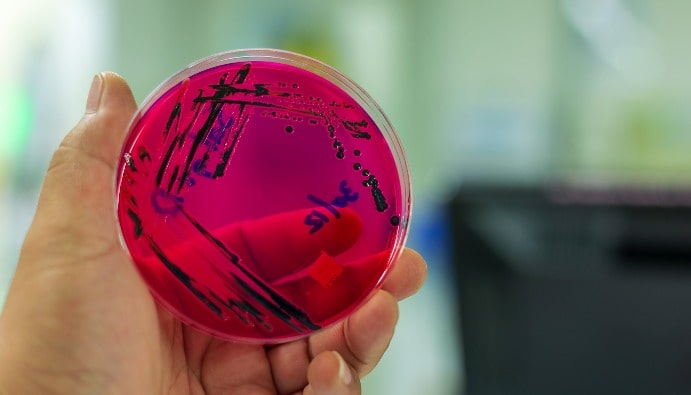Clostridium Perfringens Count
Clostridium perfringens is a spore-forming gram-positive bacterium found in many environmental sources and in the intestines of humans and animals. This bacteria is commonly found in raw meat, broth, beef, poultry, dried or pre-cooked food. These are common sources of clostridium perfringens infections. Clostridium perfringens thrives in environments with little or no oxygen and reproduces very rapidly. Some strains of this bacterium produce a disease-causing toxin in the intestines.Clostridium perfringens is one of the most common types of foodborne illness in the world. Therefore, approximately one million cases of foodborne illness occur each year in the United States alone. Clostridium perfringens infection usually occurs when food is prepared in large quantities and kept warm for long periods before serving. Outbreaks generally occur in hospitals, school cafeterias, prisons, nursing homes, and similar crowded places and events that involve meals and drinks.
Everyone is susceptible to food poisoning caused by Clostridium perfringens. The very young and elderly are more at risk of infection.
In advanced laboratories, clostridium perfringens food poisoning is diagnosed with tests to detect a type of bacterial toxin in the stool or to determine the number of bacteria in the stool.
The number of Clostridium perfringens is determined by the culture method using agar selective for this bacterial species, pour plate method and then biochemical identification methods.


